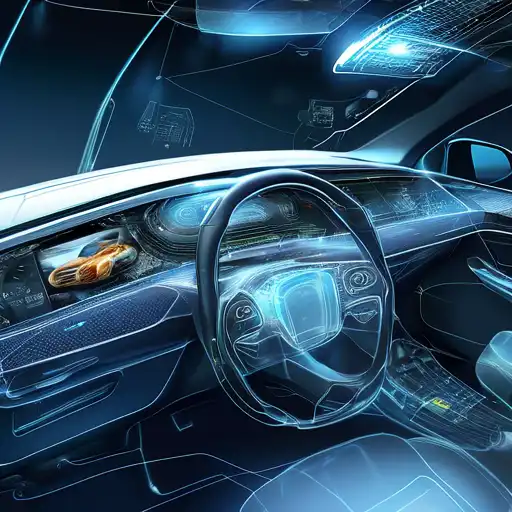Introduction to Embedded Systems in Automotive
Embedded systems have become the backbone of modern automotive engineering, driving innovations that enhance safety, efficiency, and user experience. These specialized computing systems are designed to perform dedicated functions within larger mechanical or electrical systems, making them indispensable in today's vehicles.
The Role of Embedded Systems in Automotive Safety
Safety is paramount in the automotive industry, and embedded systems play a critical role in ensuring it. From advanced driver-assistance systems (ADAS) to anti-lock braking systems (ABS), embedded systems help prevent accidents and protect passengers. For instance, ADAS technologies rely on embedded systems to process real-time data from sensors and cameras, enabling features like lane departure warnings and automatic emergency braking.
Innovations Driven by Embedded Systems
The automotive sector is witnessing a wave of innovations thanks to embedded systems. Electric vehicles (EVs), for example, use embedded systems to manage battery life and optimize energy consumption. Similarly, autonomous vehicles depend on these systems for navigation and decision-making processes. The integration of IoT technologies with embedded systems is further pushing the boundaries of what's possible, enabling vehicles to communicate with each other and with infrastructure to improve traffic flow and reduce accidents.
Challenges and Future Directions
Despite their benefits, embedded systems in automotive applications face challenges such as cybersecurity risks and the need for continuous updates. However, the future looks promising with the development of more sophisticated systems that promise even greater safety and innovation. The advent of AI-powered embedded systems is set to revolutionize the automotive industry, offering smarter, more adaptive solutions.
Conclusion
Embedded systems are at the heart of automotive safety and innovation, enabling advancements that were once thought impossible. As technology evolves, these systems will continue to play a pivotal role in shaping the future of transportation, making vehicles safer, more efficient, and more connected than ever before.
